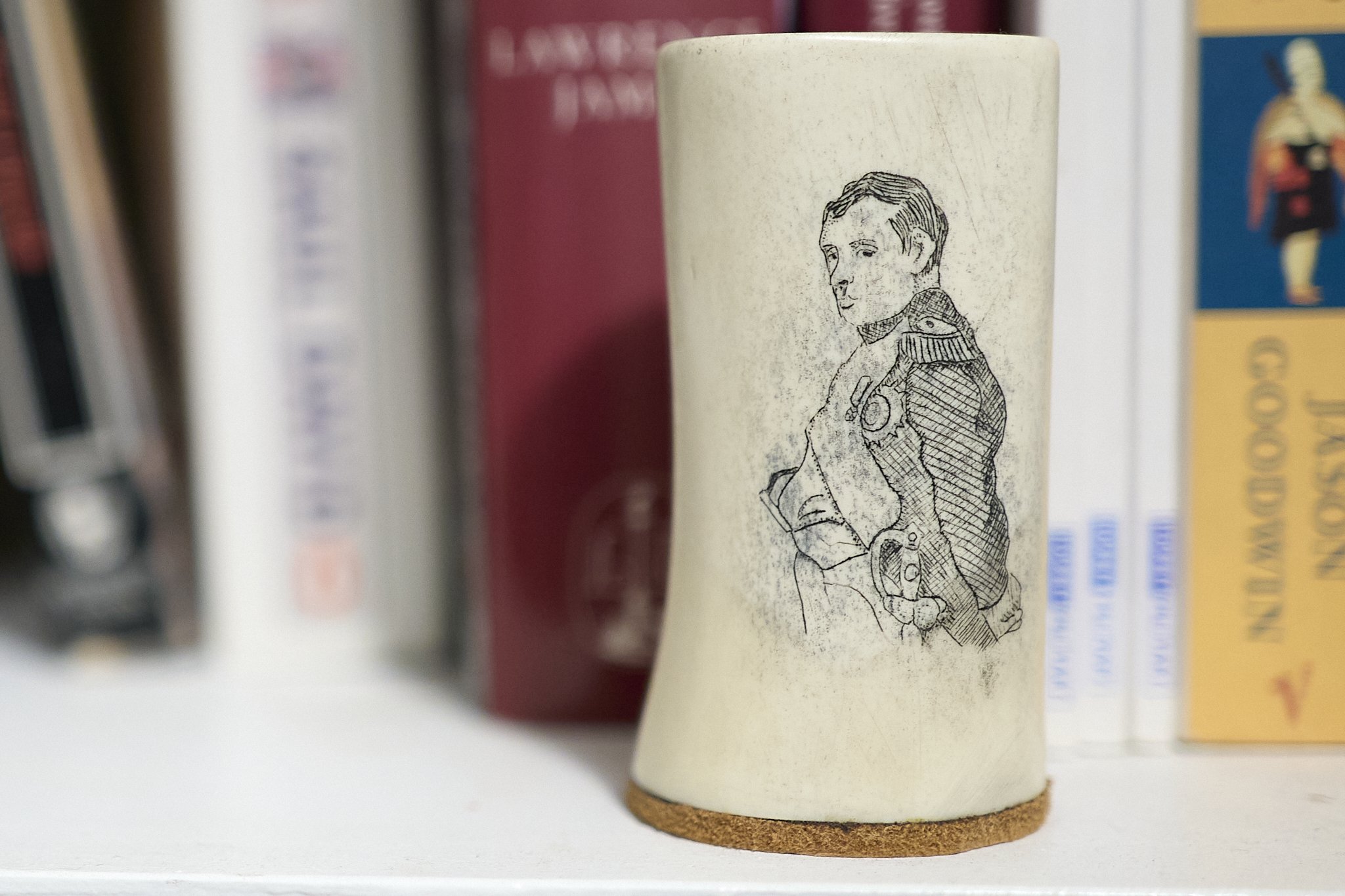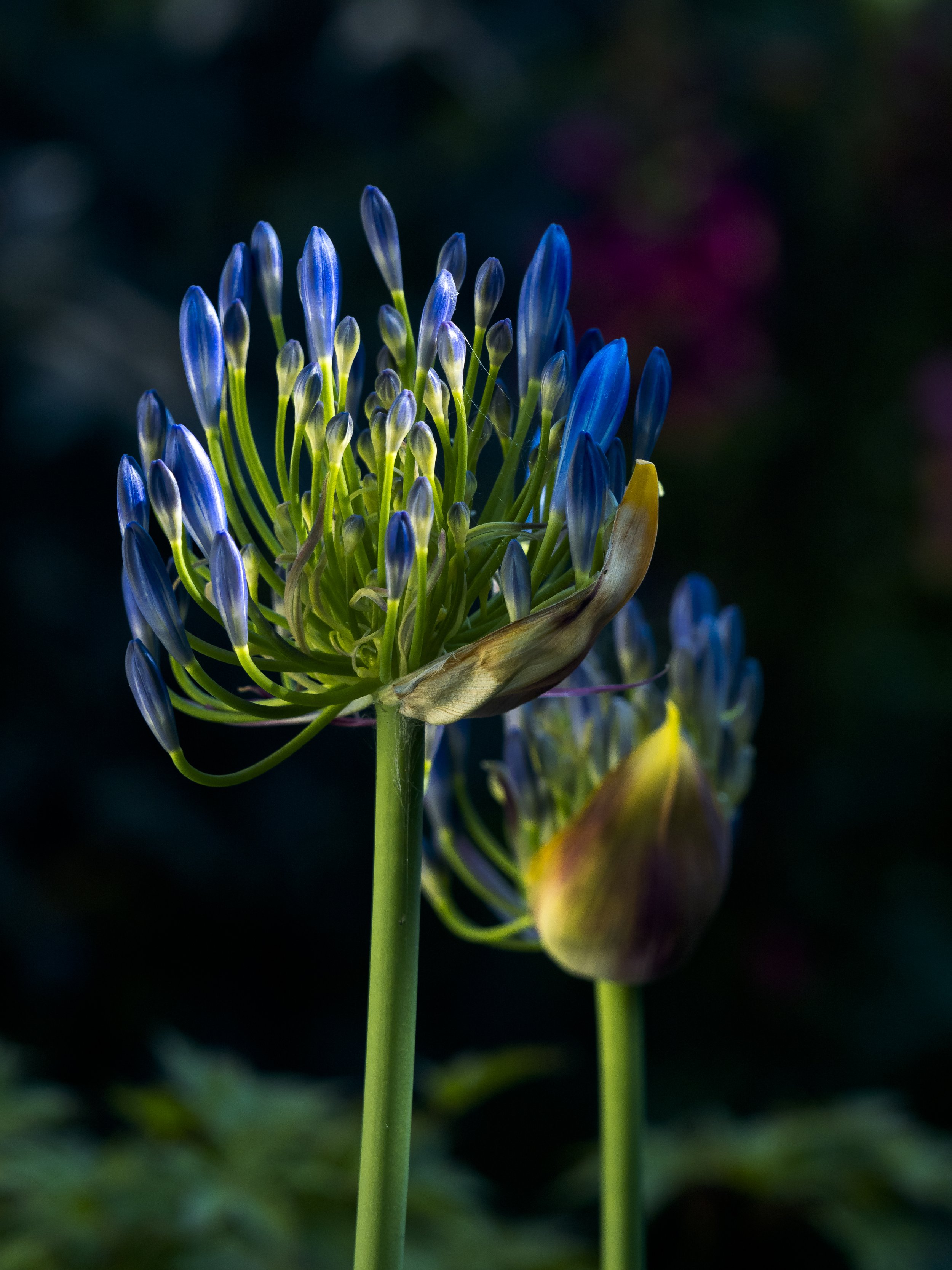A project involving people on the edge and their pets, highlighting their interdependency has just been completed, well the first step anyway.
Mostly dogs, with some chickens, it started as a beautiful but probably unworkable idea of portrait classes for small (or large) groups of people and their pets, but the project quickly changed as these things do.
The reality that “selfie” style photos would not be suitable or likely possible and that many did not even have the means or even the desire to try them and the lots of people and pets in one place was not possible, forced on us the need for a quick adaption, a massive re-think.
My personal desire was to be as helpful as possible, but to try and stay invisible. I gave myself the role of “tech assist”. I really did not want the project to become an art forum for me or anyone other than the subjects, but it soon became obvious that if we wanted photos of people and their pets and decent ones, consistent ones, that some effort would have to be made by the lone photographer in the room to get at least something done, then use subject contributed images, or the more natural ones from the sitting as supports.
Starting out simply and with the resources at hand (sight unseen before the day), the first group arrived to a small couch covered with a spare 6x9’ grey cloth backdrop (wanted to get it a little less “new” looking anyway) and my basic Manfrotto 1.8x2.4 Grey/Black collapsible (grey size used).
Lighting was kept similarly simple and I really did not want studio perfection, looking more for a fake window light or normal indoor look and too much consistency was also avoided.
One flash and one reversed brolly, then as shoot through, a 4” soft box, sometimes a little fill or hair light, using either a small LED panel or soft box. Nothing too contrived, just lightly applied and unobtrusive. It is amazing how forgiving and flexible this can be when you have the basics down.
I also needed to set-up and pack-up in minutes and work in different locations, so it needed to be portable and have a decently flexible but small footprint.
In the last shoot, I did feel a little more “art” should be applied, worried that the sittings were looking too similar and maybe even run the risk of being a bit stale. I left the Grey/Black behind and decided to give my slightly smaller 1.5x2.1 Pewter/Walnut a go. This did risk the contrived studio look, but maybe I thought, that was just me being overly controlling.
The second last shoot got the so far unused Walnut. When bought I was disappointed a little on close inspection, but of course close inspection was not the idea. It looks every bit as beautiful as the images I have seen. No risk the grey backdrop cloth would look too new after this project (it got peed on three times!).
Not a huge fan of the overly “paint brushed” looking backdrops I see around a lot. The Pewter/Walnut seemed to have enough texture to be characterful, but was subtle enough to be complimentary.
Over done backdrops can anchor the image, or steal its power. I really do not like it when the first thing you see is the backdrop, not the person.
This is the Pewter from another project. Even with this difficult framing, the people are the key.
It was also about the only one I actually liked both sides of.
The Pewter is cool, but neutral and it cam become the colours of my next favourite (Sage and Ink) by simply brushing the backdrop and shifting the colour balance in C1, but it is even more subtle than that.
The Walnut is similar with a warm or cool feel. The overall can go very warm and antique looking, but their is a small hint of steel blue in it that can cool right off. It looks to me for all the world like an old wall, the paint slowly rubbing through revealing past lives.



















































































































